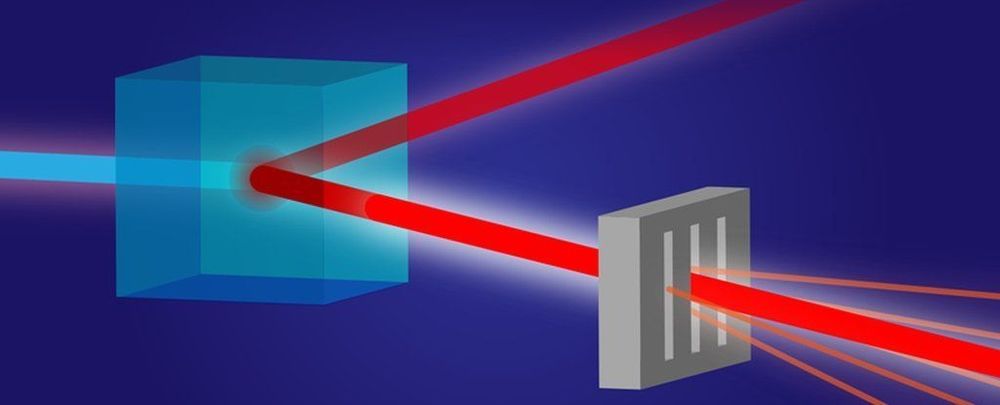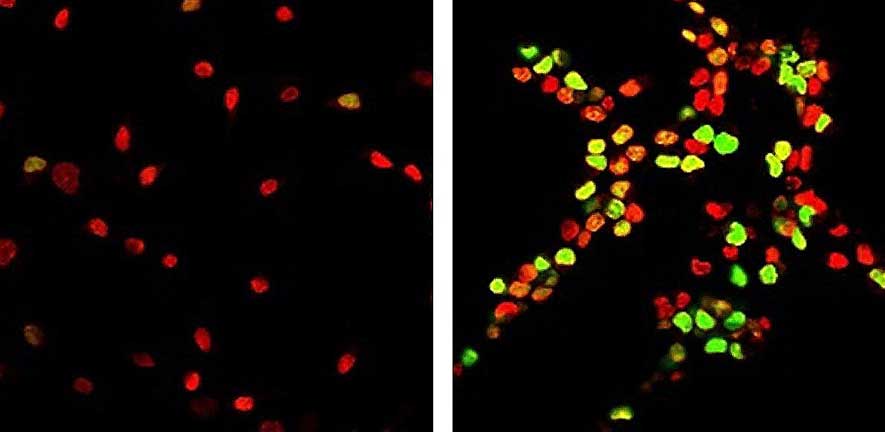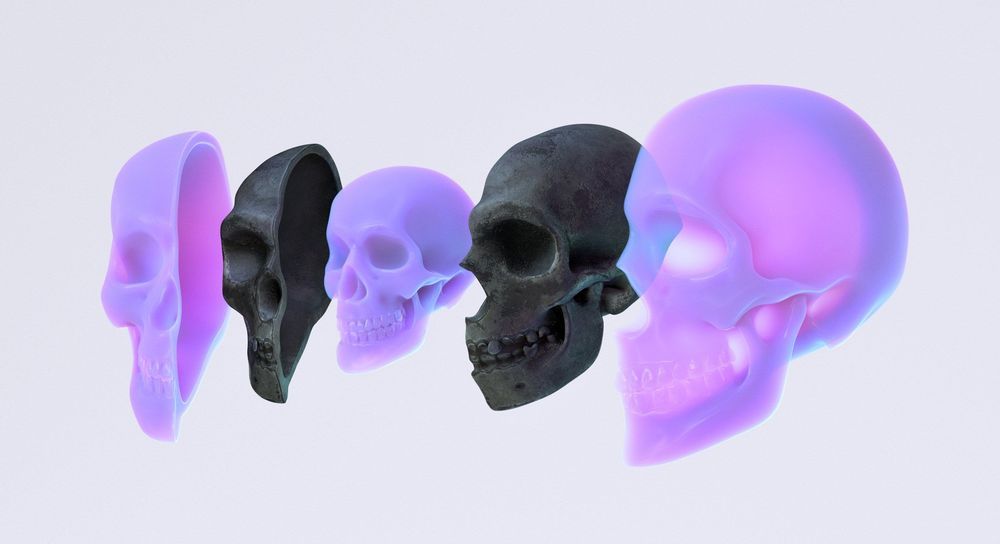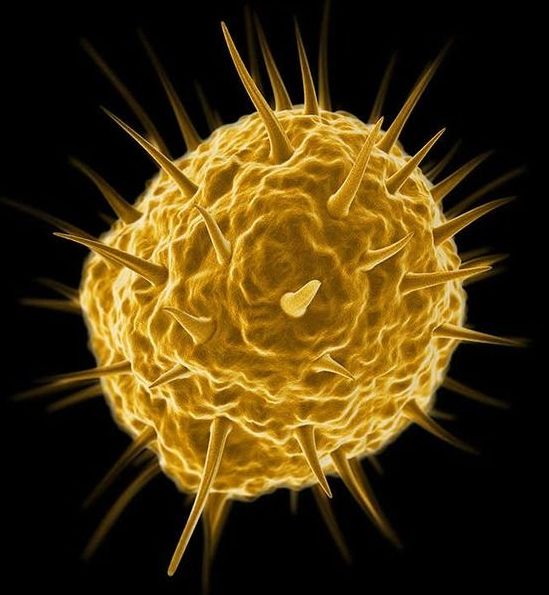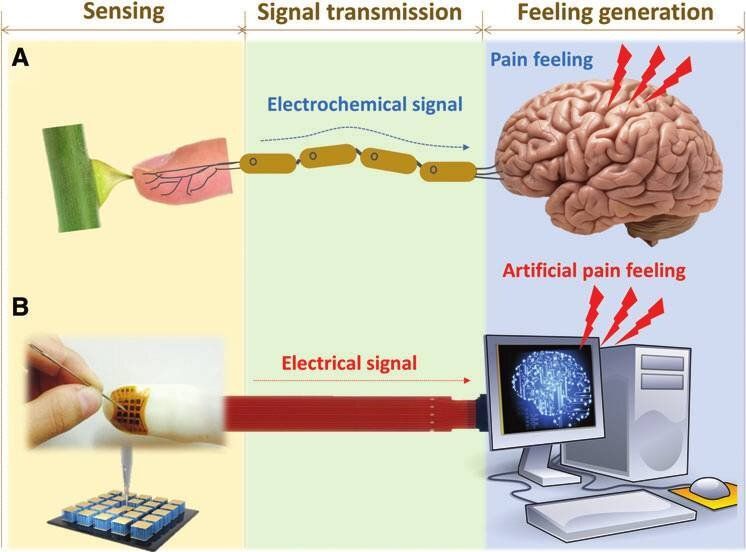Near-death experiences have gotten a lot of attention lately. The 2014 movie Heaven Is for Real, about a young boy who told his parents he had visited heaven while he was having emergency surgery, grossed a respectable $91 million in the United States. The book it was based on, published in 2010, has sold some 10 million copies and spent 206 weeks on the New York Times best-seller list. Two recent books by doctors—Proof of Heaven, by Eben Alexander, who writes about a near-death experience he had while in a week-long coma brought on by meningitis, and To Heaven and Back, by Mary C. Neal, who had her NDE while submerged in a river after a kayaking accident—have spent 94 and 36 weeks, respectively, on the list. (The subject of The Boy Who Came Back From Heaven, published in 2010, recently admitted that he made it all up.) Science, cool facts, mind, emotion, breakthrough, science.
Their stories are similar to those told in dozens if not hundreds of books and in thousands of interviews with “NDErs,” or “experiencers,” as they call themselves, in the past few decades. Though details and descriptions vary across cultures, the overall tenor of the experience is remarkably similar. Western near-death experiences are the most studied. Many of these stories relate the sensation of floating up and viewing the scene around one’s unconscious body; spending time in a beautiful, otherworldly realm; meeting spiritual beings (some call them angels) and a loving presence that some call God; encountering long-lost relatives or friends; recalling scenes from one’s life; feeling a sense of connectedness to all creation as well as a sense of overwhelming, transcendent love; and finally being called, reluctantly, away from the magical realm and back into one’s own body.
